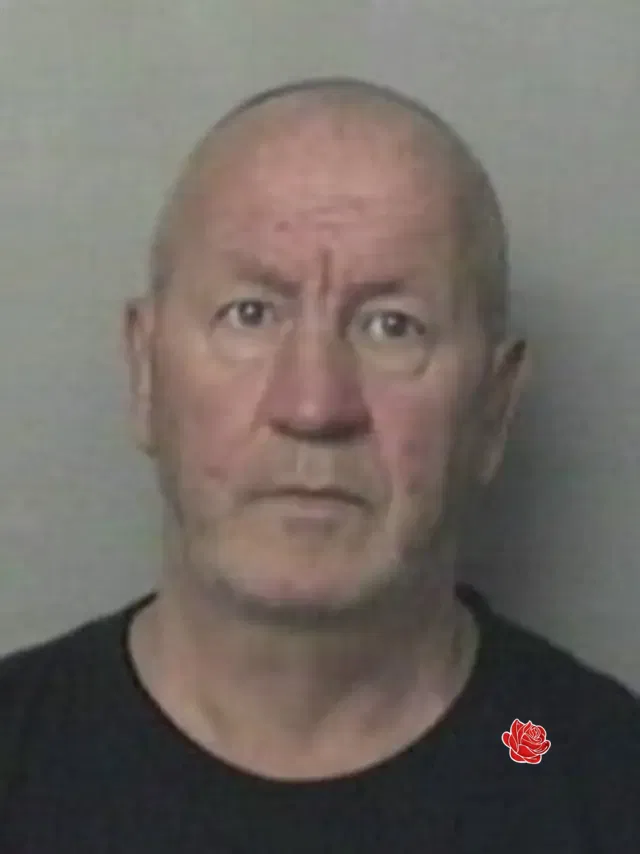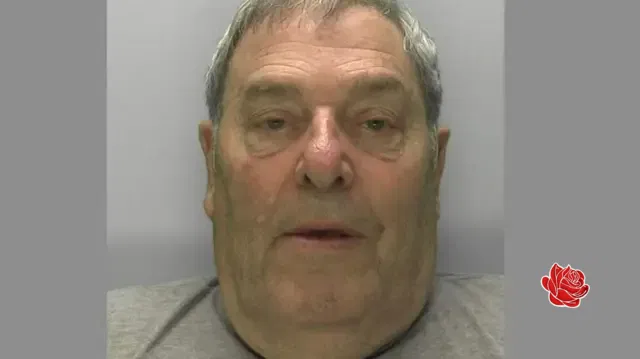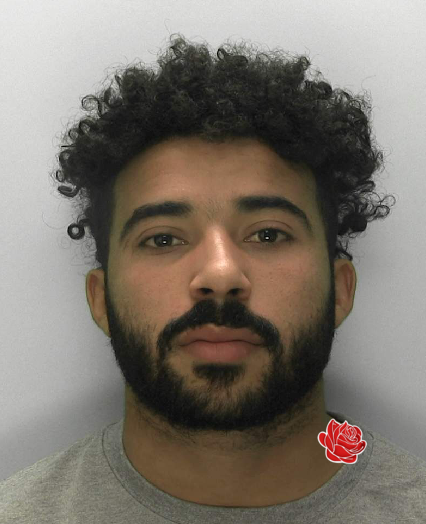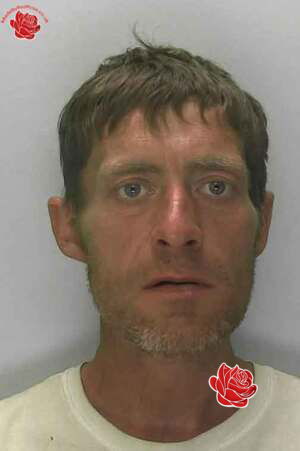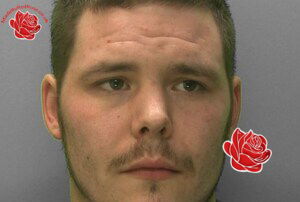David Harber's Social Media Accounts
Know a Social Media Account Linked to David Harber?
Want to add information? Log in to your account to contribute accounts and phone numbers.
CHELTENHAM MAN DAVID HARBOR ESCAPES JAIL OVER UNDERAGE NUDE PHOTOS
In a case that has drawn significant attention, David Harber, a 55-year-old resident of Cheltenham, narrowly avoided imprisonment after being convicted of possessing and creating explicit photographs involving underage girls. The incident, which took place in Gloucestershire, culminated in a court hearing at Gloucester Crown Court where Harber's actions were scrutinized.Harber, who relies on crutches due to a disability, was sentenced to a three-year community order that includes supervision and mandatory participation in a sexual offenders' rehabilitation program. Additionally, the court imposed a sexual offences prevention order, which explicitly prohibits him from working with children, residing with minors, or being alone in the company of children.
The case revealed that Harber, residing on Dunalley Street in Cheltenham, had a troubling history, including previous convictions for indecent exposure and operating a brothel. He pleaded guilty to 11 counts of making indecent photographs of children, a serious offense that involved the creation and possession of explicit images of minors.
According to Crown Prosecutor Brendan Moorhouse, police executed a search warrant at Harber’s bungalow located in Dunalley Parade on December 8, 2007. During the search, authorities confiscated a substantial collection of photographs depicting both adults and children in provocative and nude poses. Many of these images appeared to have been taken within Harber’s own residence, raising concerns about the environment in which these photographs were produced.
Mr. Moorhouse detailed that among the girls featured in the photographs, one was born in December 1990 and had entered into a 'contract' with Harber when she was just 14 years old. This contract was signed by her mother, who had explicitly excluded Harber from taking topless or nude photographs of her daughter. Despite this, evidence suggested that some of the images taken of the girl were indeed nude, and it was believed her parents were unaware of the nature of the photographs.
The second girl, born in August 1991, was also photographed by Harber after signing a contract at age 15. There was further evidence indicating that Harber had asked her to participate in bondage, fetish, or 'girl on girl' scenarios. Some photographs depicted both girls together, adding to the concerns about the exploitation involved.
Harber claimed that the contracts with the girls were genuine and that the parents of one of the girls had been present during the photo sessions. However, the prosecution highlighted that the nature of the images and the circumstances under which they were taken raised serious questions about consent and exploitation.
Further complicating the case was Harber’s online presence. He maintained a Bebo account where he described his interest in photography, which he claimed had started as a hobby in 1989 before becoming a professional pursuit. He asserted that his photography business was successful and that he worked with top models. Nonetheless, the Crown argued that there was little evidence to suggest that the photographs were intended for legitimate modeling purposes, especially given the manner in which the girls were portrayed.
Harber’s history of similar offenses was also noted, as he had previously been cautioned for related activities in 2000. Despite this, some of his acquaintances defended him. One woman, who had posed topless for him, expressed hope that he would not go to prison, describing him as a good person. His defense lawyer, Lloyd Jenkins, presented character references from women who had posed for him, emphasizing that Harber had always behaved professionally and appropriately.
Jenkins also pointed out that only 234 of the 20,000 photographs seized were deemed indecent, portraying Harber as a man who had experienced loneliness and had been vulnerable to manipulation by others. He argued that photography was Harber’s primary source of empowerment, but acknowledged that he had overstepped boundaries in this instance.
In delivering his judgment, Recorder Nicholas Dennys QC stated that there was no evidence to suggest that the young women had suffered significant distress or that Harber had profited from his activities. The court also took into account Harber’s disability as a mitigating factor. As part of the sentence, the court ordered the destruction of Harber’s camera to prevent further misuse of his photographic equipment.
Overall, the case highlights the complex issues surrounding the exploitation of minors, the responsibilities of individuals involved in photography, and the importance of safeguarding vulnerable populations from abuse and exploitation.
